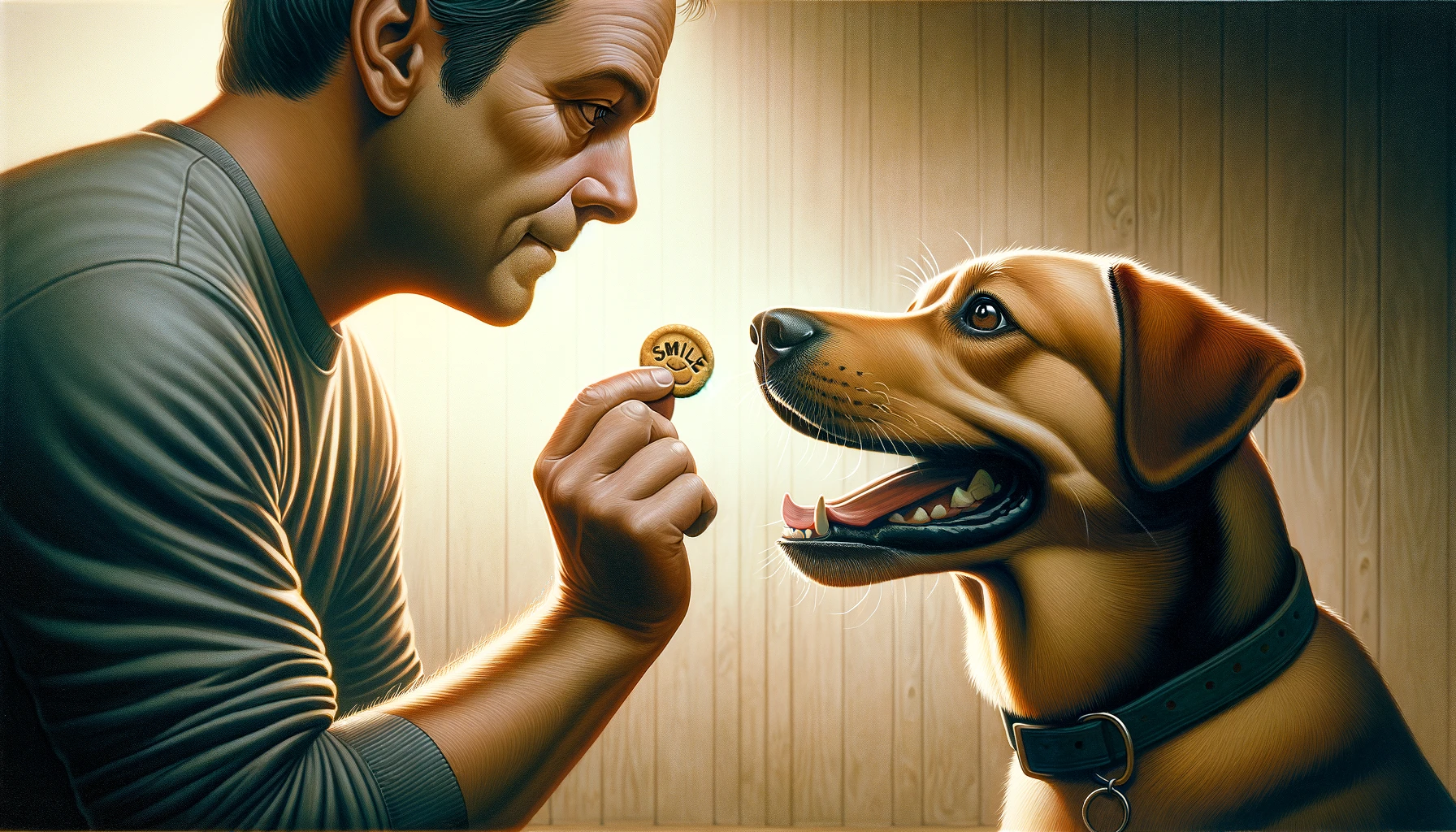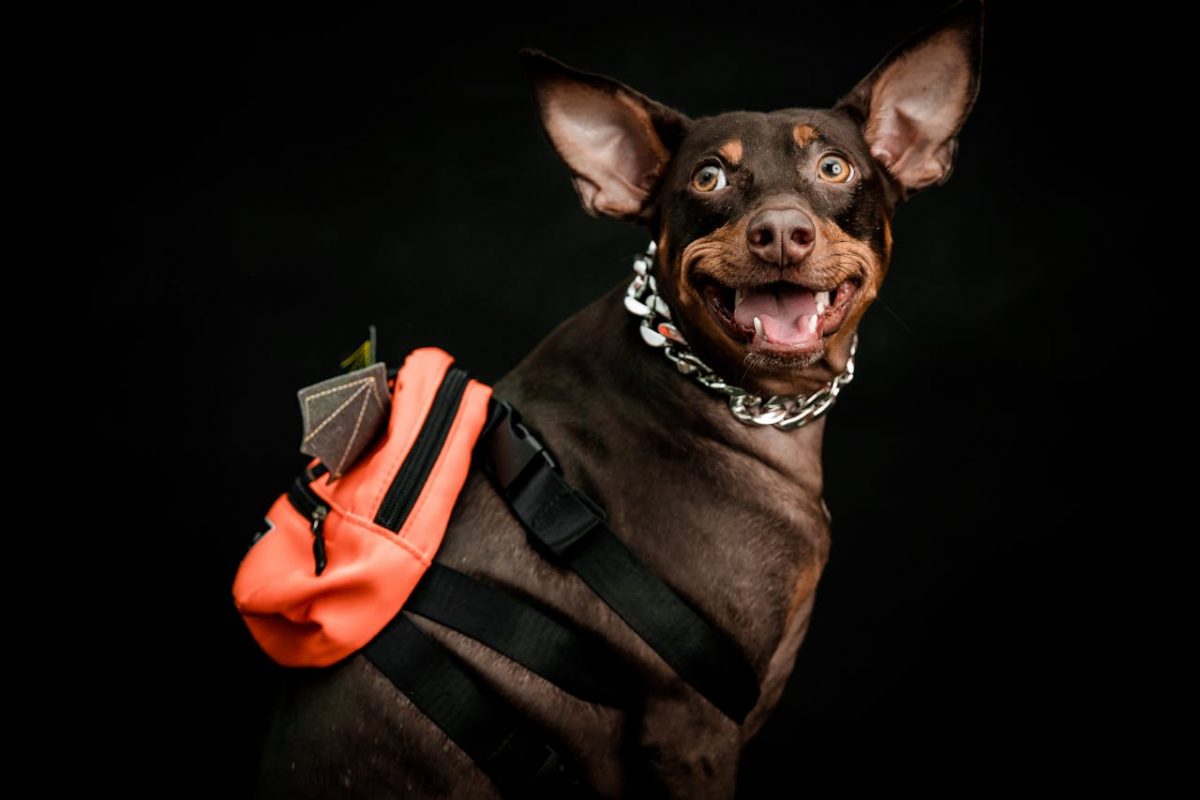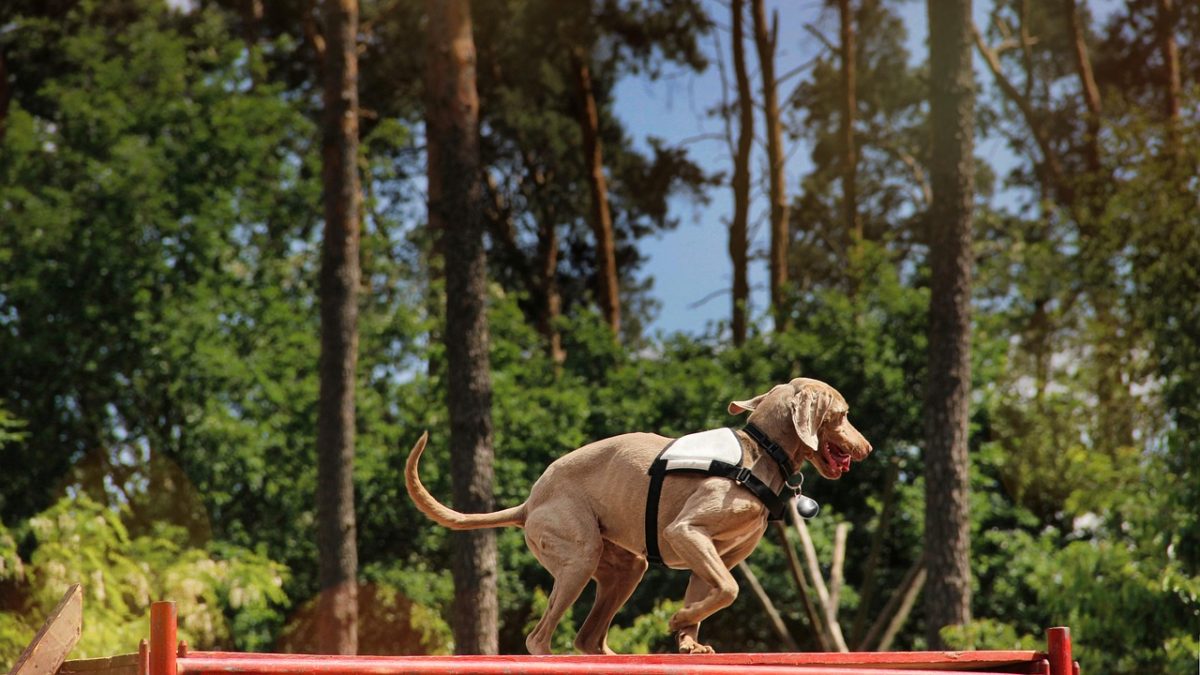Training your dog to smile is a delightful way to enhance your bond and share a bit of joy. While it may seem like a novelty trick, teaching your dog to smile on command can be a fun exercise in communication and positive reinforcement. This article will guide you through the process, from understanding the natural behaviors to encouraging a happy expression on cue. With patience, consistency, and plenty of treats, you can teach your dog to smile, bringing smiles to everyone around.
Understanding the “Smile”
Dogs naturally show a mouth-open, relaxed expression when happy or content, often during play or when greeting familiar faces. This natural behavior is what we aim to encourage on command. It’s important to recognize the difference between a relaxed, happy smile and any signs of stress or aggression in your dog’s expression.
Preparing for Training
Choose a quiet, comfortable space for training sessions to minimize distractions. Gather your dog’s favorite treats as rewards for positive reinforcement. It’s also helpful to have a camera ready to capture the moment, helping you identify the subtle differences in your dog’s expressions during training.
Step-by-Step Training Guide
- Capturing the Natural Smile: Spend time with your dog in a relaxed, happy setting to encourage natural smiling. Play, petting, or enjoyable activities can help bring out the smile.
- Introducing the Command: Once you recognize your dog’s smile, introduce a verbal command such as “smile” or “show me happy.” Timing is crucial; say the command as your dog smiles naturally.
- Reinforcing the Behavior: Immediately reward your dog with a treat and praise when they smile after the command. This positive reinforcement helps them associate the command with the action and reward.
- Practicing Consistently: Repeat the training in short, positive sessions regularly. Consistency and repetition are key to reinforcing the command and response.
Troubleshooting Common Challenges
Some dogs may be more reserved or less expressive, making it challenging to capture a natural smile. Patience and observation are important, as is creating a joyful, stress-free training environment. Avoid overexertion or frustration, and celebrate small progressions.
Beyond the Smile: Enhancing Communication
Training your dog to smile is more than a party trick; it’s an exercise in communication and mutual understanding. It reinforces the bond between you and your pet, demonstrating the power of positive reinforcement in learning and behavior.
Teaching your dog to smile on command is a rewarding experience that can enhance your relationship and bring joy to your daily life. With patience, observation, and consistent positive reinforcement, your dog can learn to share their happiest expressions on cue.



